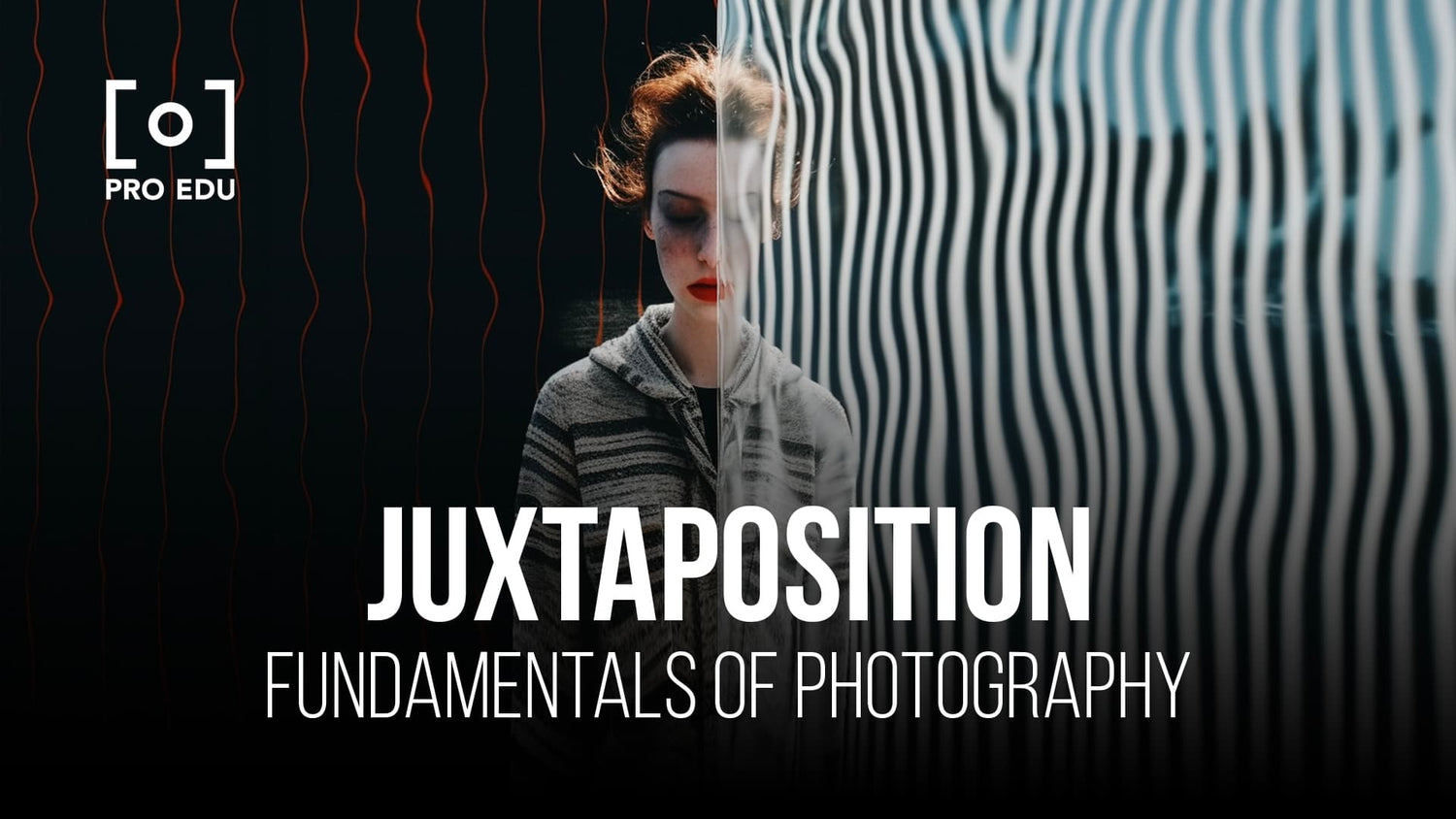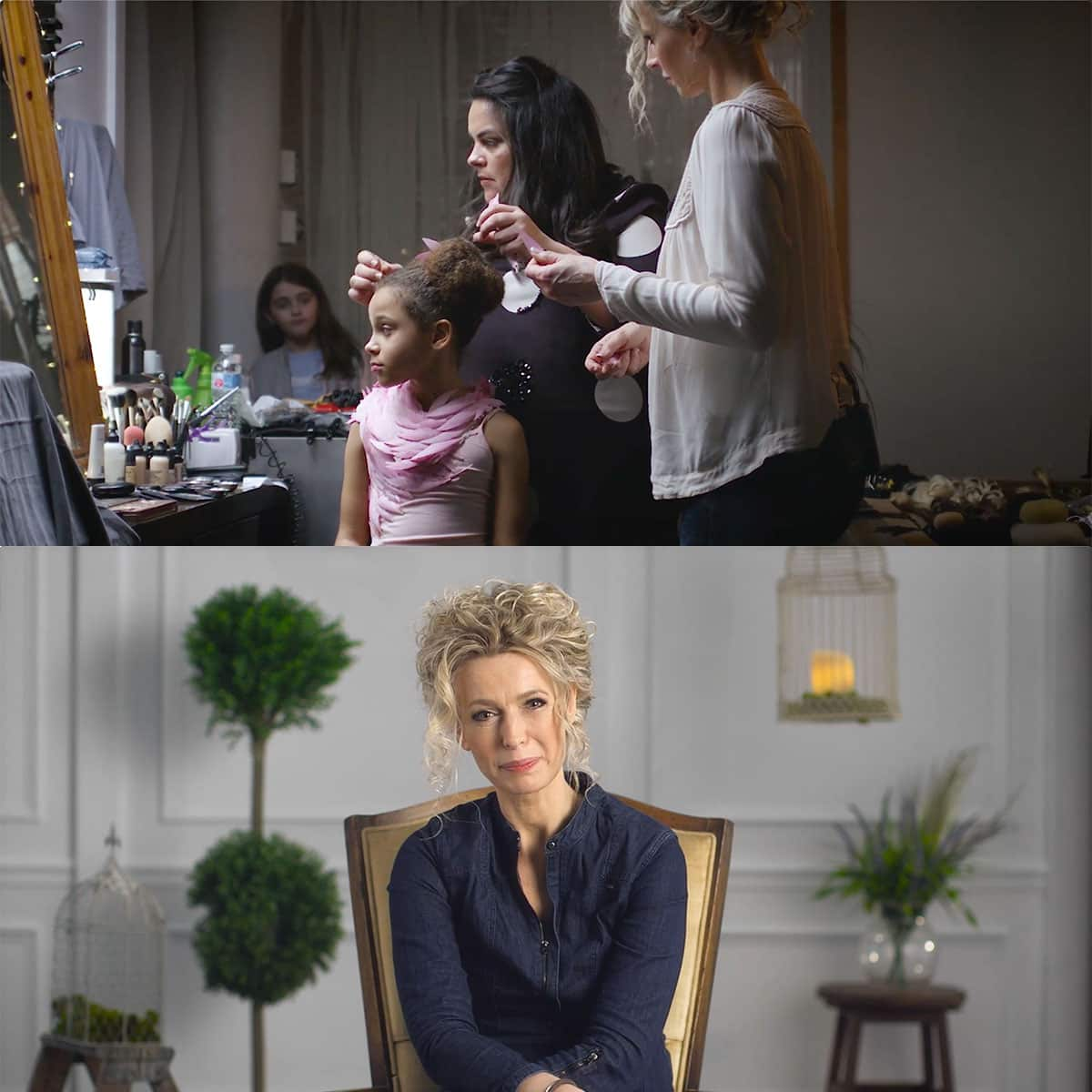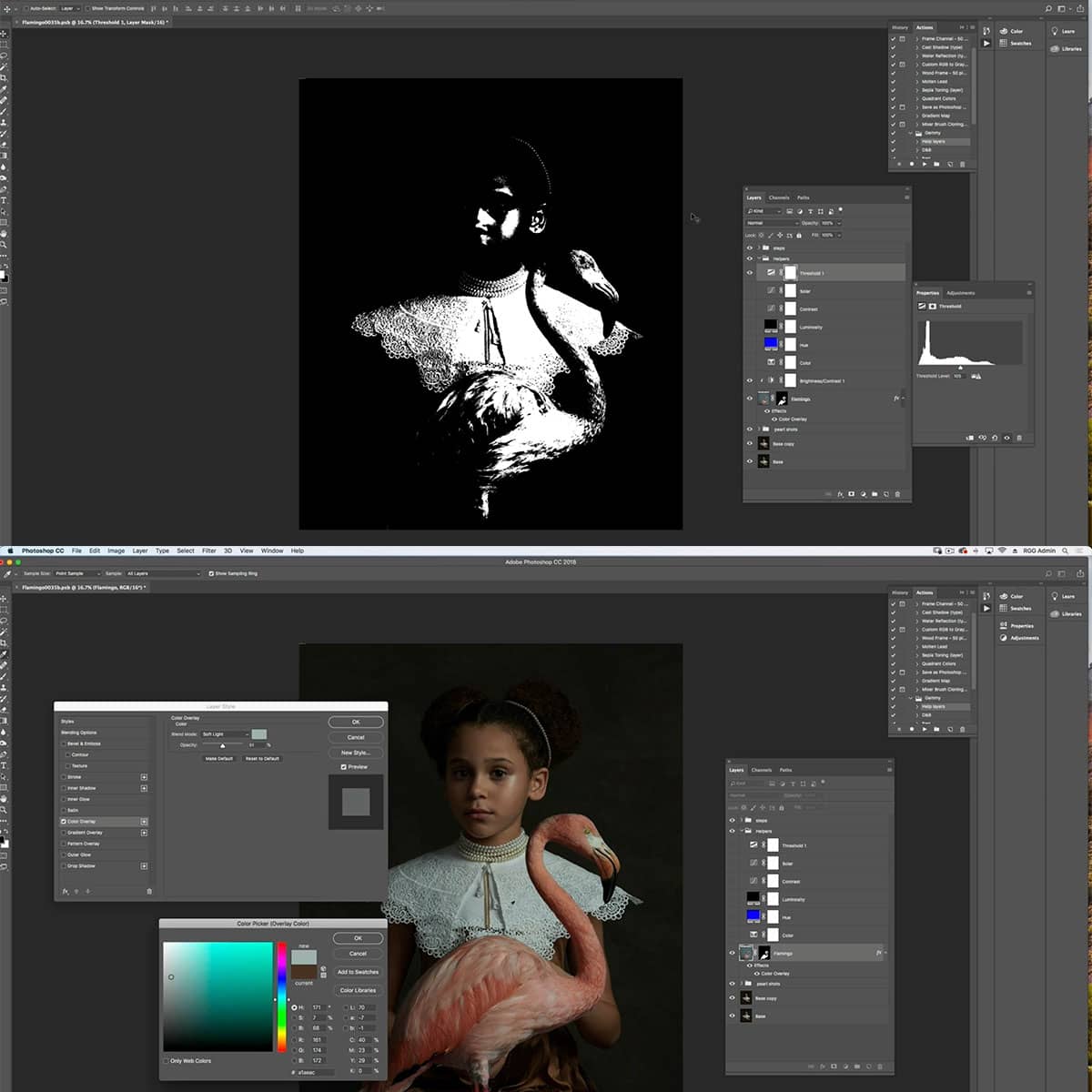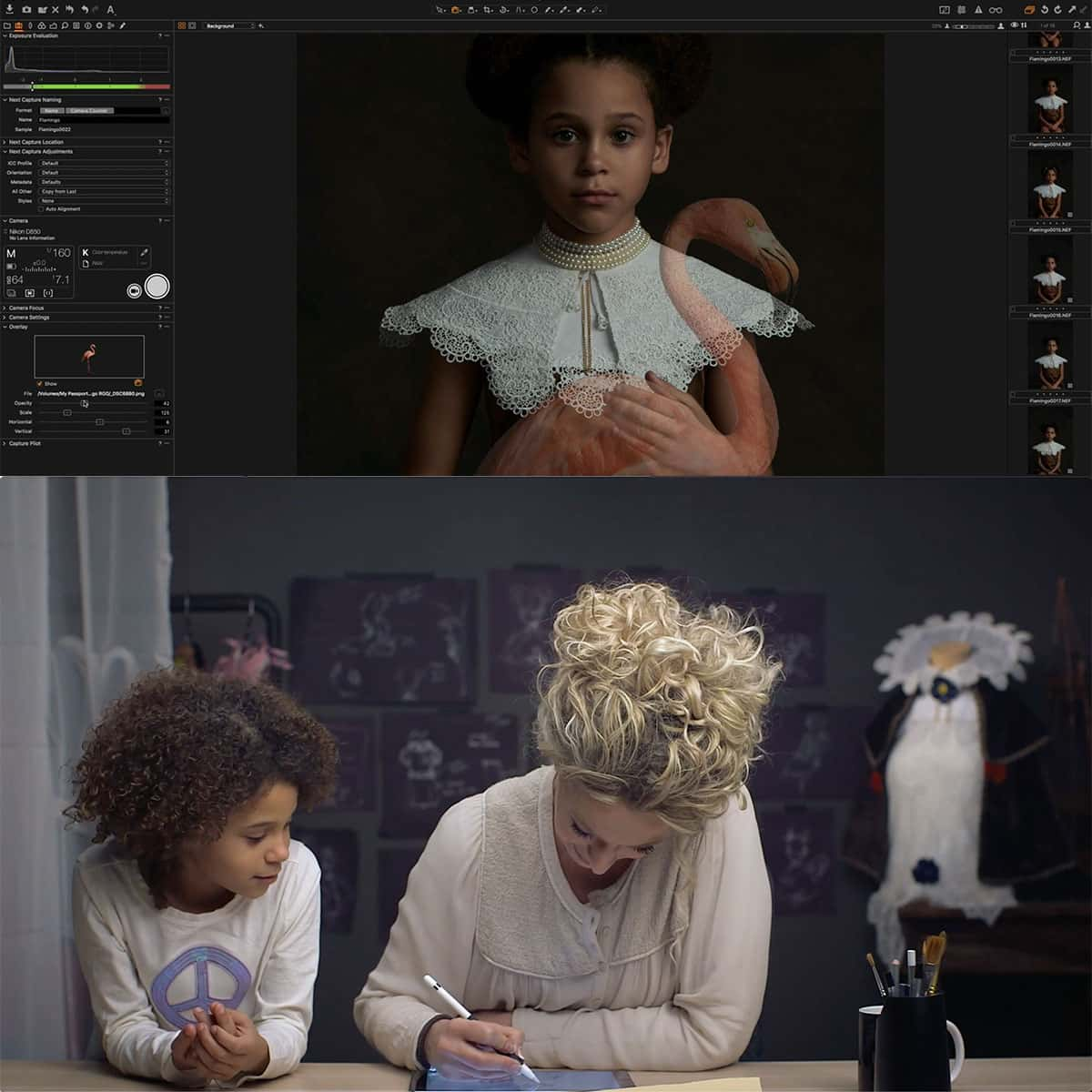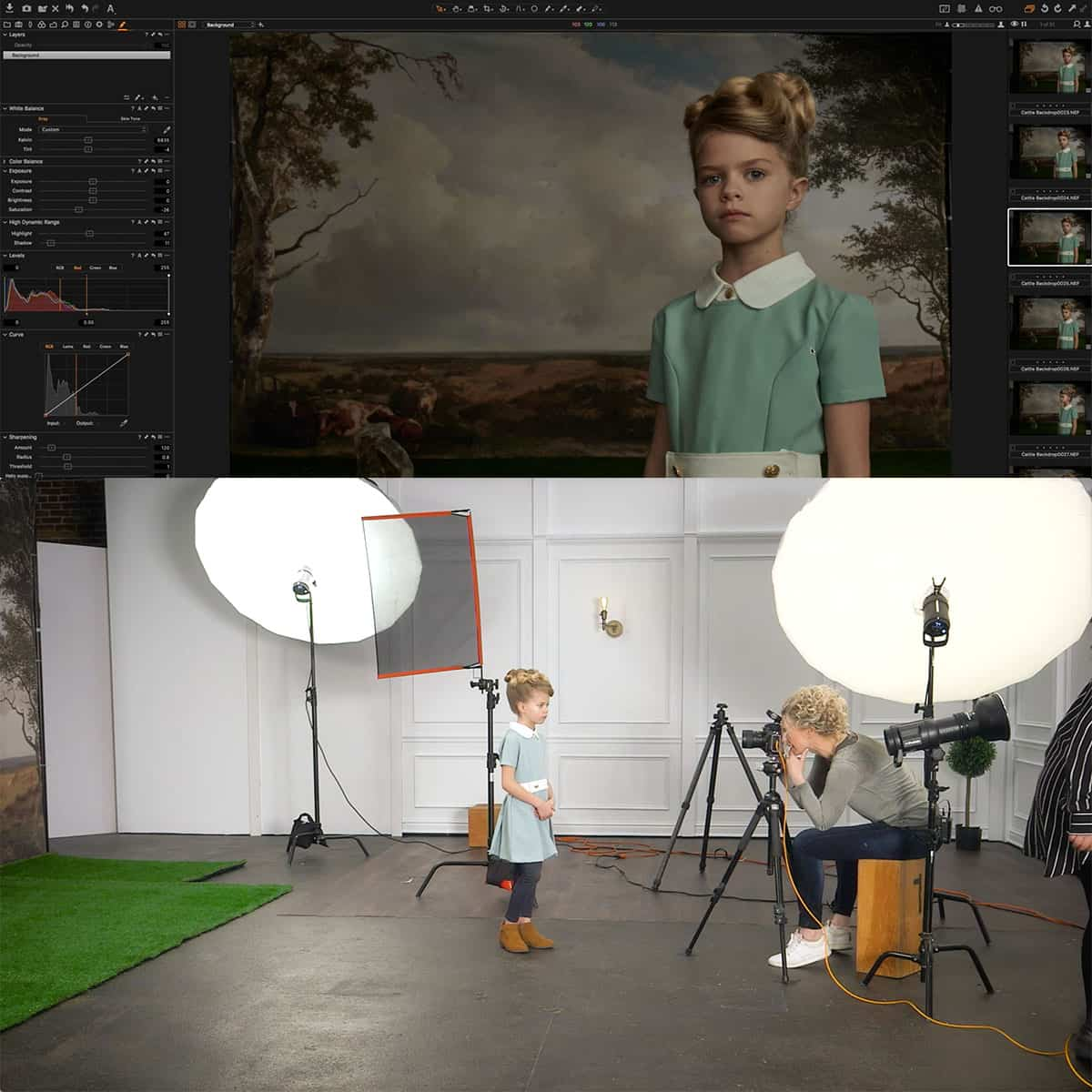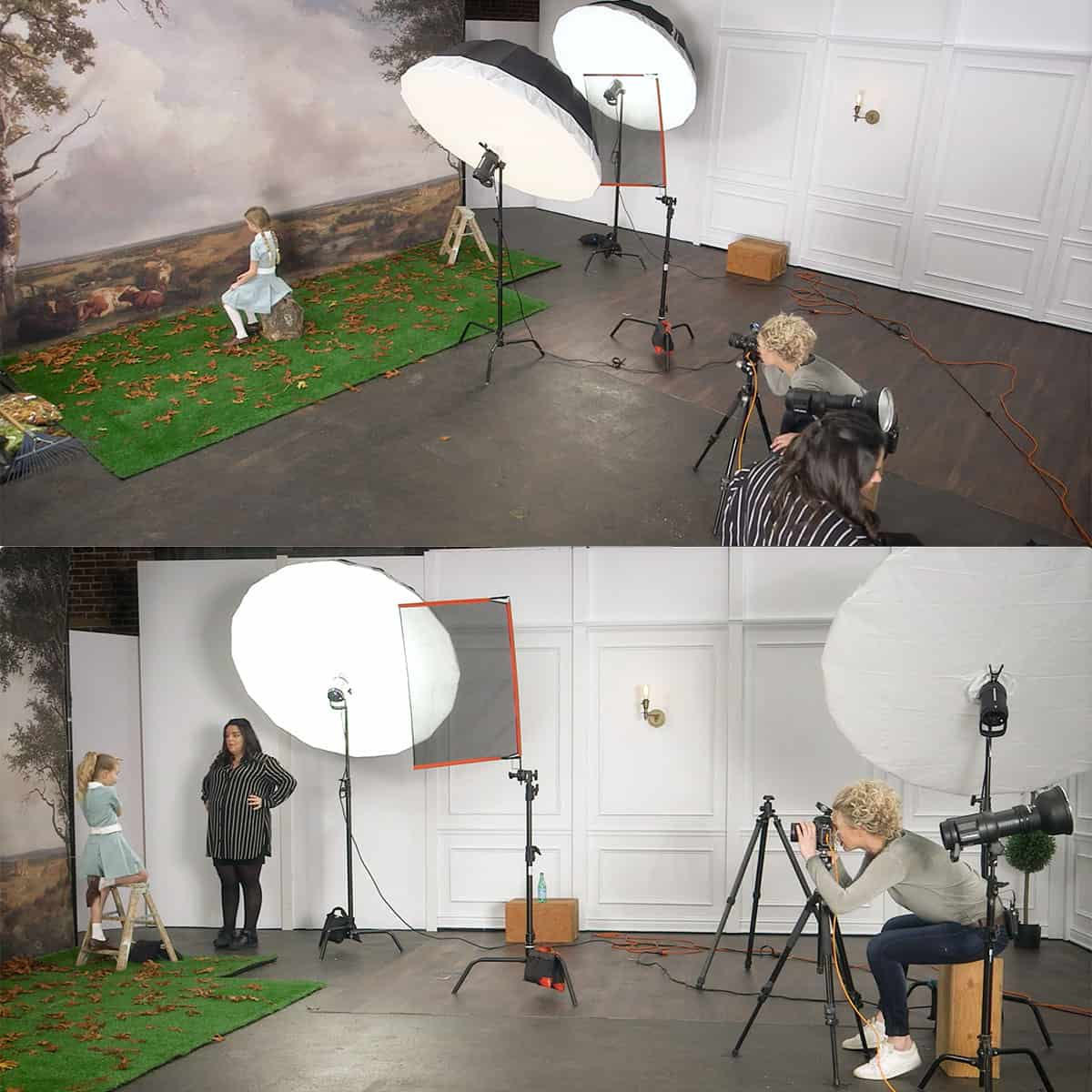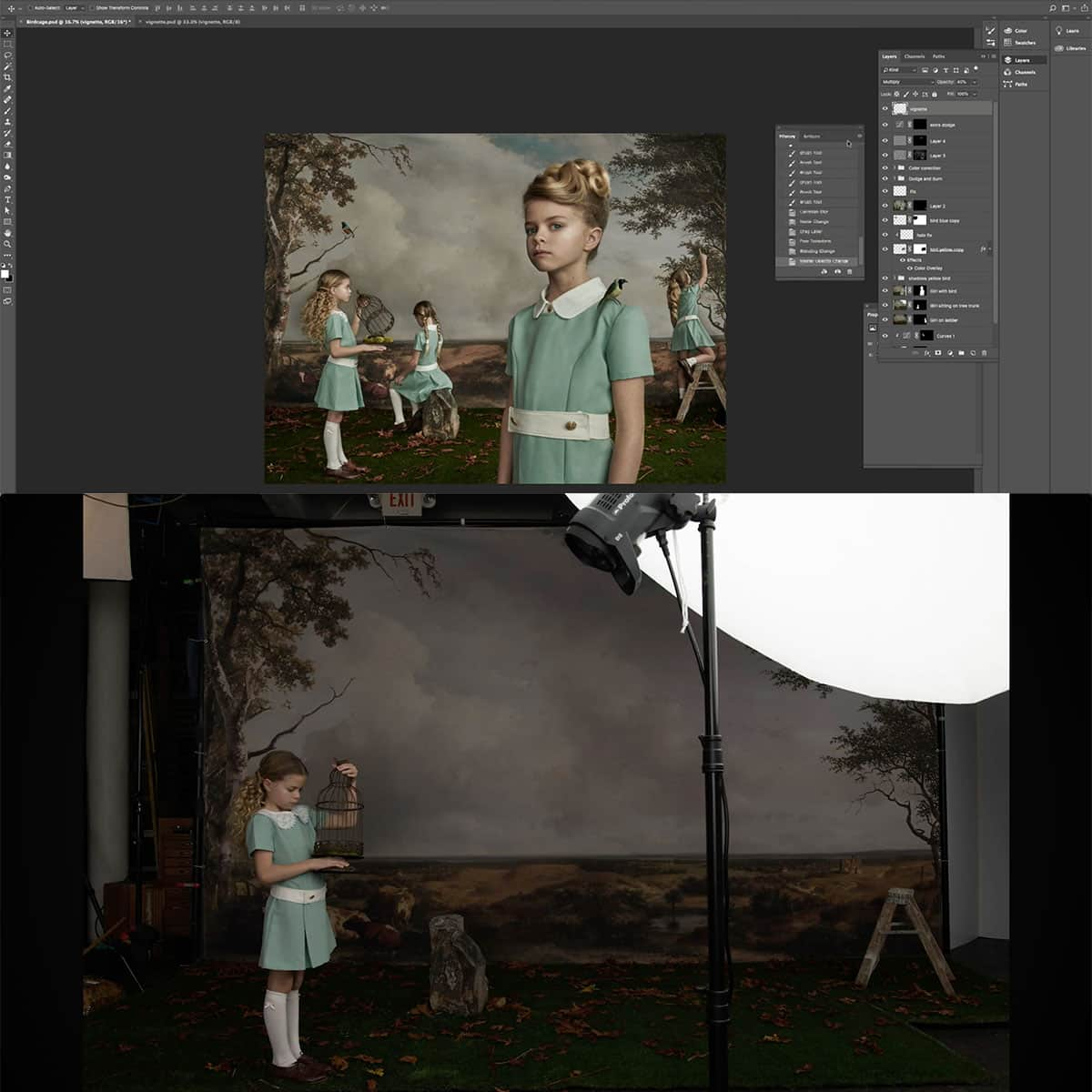Juxtaposition in Photography: Mastering Contrast for Impactful Shots
Juxtaposition in photography is a powerful technique that can be utilized to create visually compelling images. By purposefully placing contrasting elements within a frame, photographers can accentuate differences and engage viewers with thought-provoking compositions. This approach not only transforms ordinary scenes into striking visual narratives, but it also allows photographers to masterfully guide their audience's attention and evoke emotions.
Understanding juxtaposition requires a keen eye for identifying opportunities in which two or more contrasting elements can be combined in a single shot. These elements can vary from colors, textures, and shapes to ideas, concepts, and emotions, and can greatly enhance the overall impact of a photograph. By mastering the art of juxtaposition, photographers can effectively tell stories that reflect human nature, current events, and cultural perspectives, ultimately enriching their body of work.
Key Takeaways
- Juxtaposition in photography involves skillfully placing contrasting elements to create visually compelling images.
- Mastering juxtaposition allows photographers to tell stories and emphasize differences or similarities within their compositions.
- Through practice and observation, photographers can enhance their understanding of juxtaposition and create thought-provoking images.
Understanding Juxtaposition in Photography
The Role of Juxtaposition
In photography, we use juxtaposition to create compelling and thought-provoking images by combining two or more contrasting elements. This technique helps accentuate the differences between objects, people, or emotions within a frame. As artists, we rely on juxtaposition to communicate a particular narrative or bring meaning to our work.
Elements of Juxtaposition
When exploring the concept of juxtaposition in photography, we focus on various elements, such as the subject matter, size, shape, and line, to make a lasting impact. By pairing contrasting elements smartly, we can emphasize particular elements within an image and evoke emotions or a storytelling effect. For instance, we often use shapes and objects as contrasting elements to tell a story.
Importance of Color and Shapes
Color plays a significant role in juxtaposition as it can enhance contrasts and draw attention to specific parts of an image. We can use color alone or in combination with other elements like shape, size, or lines. In black and white photography, differences in shades become especially important, helping to emphasize contrasts and convey our intended meaning effectively.
Using juxtaposition as a compositional tool in photography, we can create images that resonate with viewers and spark curiosity. By understanding how to pair contrasting elements thoughtfully, we can excel in crafting impactful narratives through our work and engage our audience on a deeper level.
Types of Juxtaposition in Photography
Street Photography
In street photography, we often observe juxtapositions in the form of unexpected contrasts between subjects. For instance, the composition might emphasize the contrast between old and new buildings or differences in cultural ideas within society. Mastering this skill involves selecting the right focal length and zoom to capture these subtle, evocative moments.
Portrait Photography
Portrait photography offers ample opportunities to explore juxtaposition as a composition technique. We can experiment by placing our subject's reflection in a mirror or highlighting generational differences between family members. When using juxtaposition in portraits, it's important to be mindful of contrast and choose a suitable environment that complements the subject.
Nature and Environment
Capturing the essence of nature and environment in photography often involves juxtaposing natural elements with man-made structures. A common theme can be found in the contrast between nature's beauty and the impact of human activity. We might frame a pristine landscape disrupted by pollution or a snapshot contrasting plant life with urban decay. Photos like these drive home the message about preserving our world for future generations.
Fashion Photography
Finally, fashion photography benefits from the creative use of juxtaposition as well. We can create compelling images by contrasting bold clothing against minimalist backgrounds or mixing high-fashion attire with everyday items. The key lies in understanding the interplay between the fashion subject and its surroundings, and making deliberate choices in styling, lighting, and composition.
Mastering Juxtaposition
Light and Dark Composition
One powerful way to create compelling images through juxtaposition is by using light and dark elements in your composition. This technique can be employed to highlight the contrast between subjects, creating visual interest and drawing attention to specific areas in your frame. For example, capturing an object illuminated by sunlight against a dark background will enhance its presence and emphasize its role within the image.
Achieving Symmetry
Another essential element in mastering juxtaposition is the use of symmetry. By incorporating symmetrical elements into our compositions, we create balance and harmony that can be both visually appealing and thought-provoking. This technique can be employed by positioning similar objects or shapes evenly throughout the frame, or by capturing reflections in water or glass surfaces.
Incorporating Background and Foreground
Lastly, skillfully incorporating both background and foreground elements in our compositions can lead to striking juxtapositions. This can involve placing contrasting subjects at different depths within the frame, or utilizing forced perspectives to create the illusion of interaction between seemingly unrelated objects. By considering the relationship between these different layers, we can craft images that are visually engaging and provide a sense of depth to our photographs.
In conclusion, mastering juxtaposition requires a combination of composition techniques such as using light and dark, achieving symmetry, and incorporating background and foreground. By employing these techniques and being mindful of different perspectives, we can create images that are not only visually captivating, but also tell a compelling story.
Telling Stories through Juxtaposition
Documentary and Photojournalism
In documentary and photojournalism, we often use juxtaposition to tell stories and to highlight contrasts. For example, by placing a homeless person against the backdrop of a luxury store, our photographs can show the stark inequality that exists in society.
- Texture: Capturing smooth flowing water beside a rough, old building reveals the passage of time.
- Message: Juxtaposing people from different socioeconomic backgrounds can raise awareness of wealth and poverty.
Travel Photography
Juxtaposition in travel photography can surprise and engage viewers. Here are some concepts to consider:
- Focal lengths: Using different focal lengths, we can frame characters against contrasting backgrounds.
- Relationships: Creating visual relationships between subjects and their environments adds depth to the image.
- Past vs present: Show the contrast between old and new in a cityscape.
When photographing, we should look for humorous, absurd, or intriguing combinations to elevate our stories.
The Contrast of Emotions
Utilizing juxtaposition in our images to convey emotions can add strength and impact.
- Character contrast: Capturing people experiencing different emotions together
- Concept contrasts: Contrasting happiness and sadness in an image
By carefully selecting subjects and framing our shots, we can creatively tell stories and leave a lasting impression on the viewer.
Frequently Asked Questions
What are some techniques to achieve juxtaposition in street photography?
To achieve juxtaposition in street photography, we suggest looking for contradicting elements. These can include contrasting colors, sizes, shapes, types, or meanings. Experiment with different perspectives, and consider carefully composing your shot to maximize the impact of the opposing elements.
Who are prominent juxtaposition artists in photography?
A few renowned photographers known for their skill in juxtaposition include Henri Cartier-Bresson, Diane Arbus, and Robert Doisneau. Each of these artists has captured visually captivating and thought-provoking images by skillfully utilizing juxtaposition to create interesting contrasts within their photos.
What is the importance of juxtaposition in creating visually compelling images?
Juxtaposition plays a significant role in creating visually compelling images as it highlights interesting contrasts between two or more elements in a photograph. By emphasizing these contrasting elements, photographers can evoke strong emotions or provoke deeper thought in the viewer, making the image more impactful and memorable.
Why is juxtaposition considered a powerful element in photography?
Juxtaposition is considered powerful in photography because it can bring attention to otherwise overlooked aspects of a scene. Emphasizing contrasts between subjects in shape, meaning, color, or line can add depth to a photograph, encourage more profound interpretations, and enhance a viewer's overall experience.
How can visual juxtaposition be effectively used to convey a story?
Visual juxtaposition can be effectively used to convey a story by building a connection between two seemingly different elements in a photograph. Integrating these contrasts within an image can spark curiosity, stimulate the viewer's imagination, and encourage them to explore the story behind the juxtaposed subjects.
What are some famous examples of juxtaposition art in photography?
There are many famous examples of juxtaposition in photography. Henri Cartier-Bresson's image of a man leaping over a puddle, Diane Arbus's photo of a boy holding a toy hand grenade in Central Park, and Robert Doisneau's "The Kiss by the Hotel de Ville" are just a few examples that showcase the compelling use of juxtaposition in creating visually striking images.


